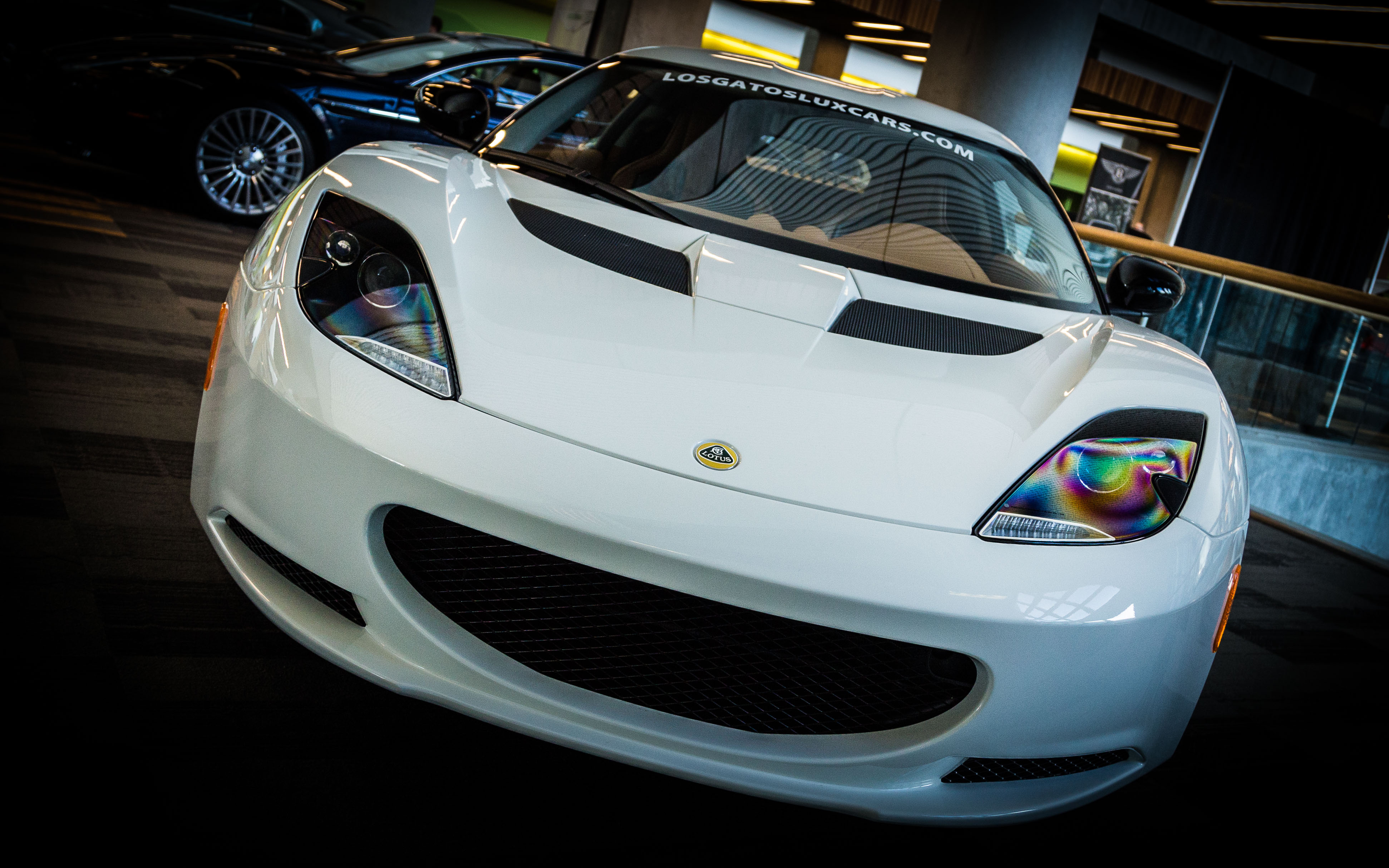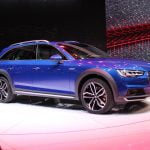
The 2018 Silicon Valley Auto Show is underway at the McEnery San Jose Convention Center, showcasing a wide range of new technological features to improve safety and comfort. (KGO-TV )
One attendee, Bruce Miller of San Jose, drives a 2005 model, and its most advanced feature is a CD player.
Now, potential buyers can find many models with lane assistance, 360-degree cameras, pedestrian detection and even shiatsu massage seats.
Fortunately for Miller and others not familiar with these new features, virtual reality kiosks from an Atlanta company, Flow Found, offers shoppers an immersive test drive to let them experience what these technologies do.
ABC7 News did a Facebook Live with Chevrolet Thursday morning to show off a “Teen Driver” feature, part of its OnStar system. A programmable feature on the key fob, turned on by a parent, will track metrics as the teen drives, providing a report card of data, detailing how fast the teen drove, whether he veered out of the lane, how often and how hard the brakes were used, and other information that a parent can discuss with the teen later.
Toyota’s representative says his company has 23 vehicles on display with the highest trim levels. A Camry with a “cockpit red” interior and pearl exterior was drawing a lot of attention. It has the full suite of cutting-edge safety features.
Auto shows remain an important educational tool for vehicle shoppers.
Nick Cybela of Flow Found cited research by Google, indicating a typical buyer will visit 24 different online sites and go to 1.4 dealerships before making a purchase. Cybela says that helps consumers develop a checklist of what they want before they see a salesperson.
The U.S. auto market is facing a challenging 2018. A seven-year period of new vehicle sales growth has apparently ended with sales down 1.8 percent in 2017. That represents 17.2 million cars and light trucks.
A major market research company, Edmunds.com, is projecting 16.8 million will be sold this year.





